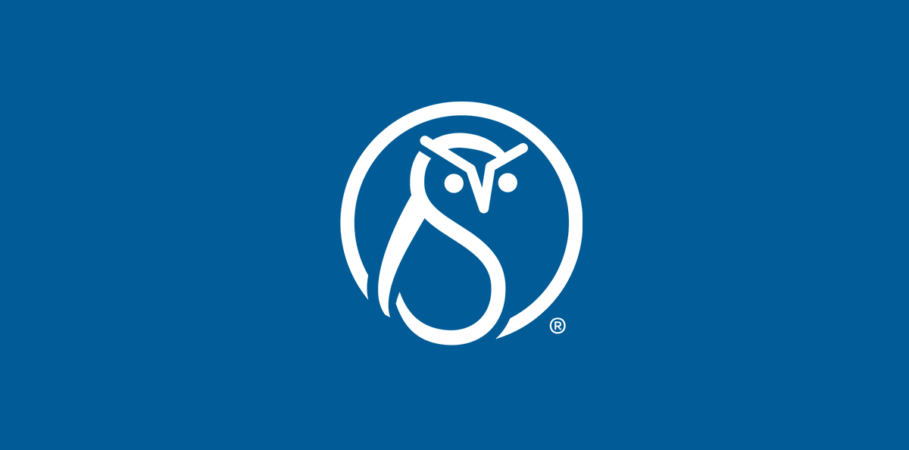Insights from MadWorld 2023—the move from Flare to DITA
Our team enjoyed meeting the passionate people we met during MadWorld 2023. Now that the MadCap Software family has acquired the IXIA CCMS, learn more about what it is, how it adds value to Flare users, and when you may consider transitioning to this powerful tool.
During MadWorld, Flare users are offered a wide variety of resources and education that help them make the most out of their MadCap Software products.
What is IXIA CCMS?
IXIA CCMS is a DITA component content management system (CCMS) that was acquired by MadCap Software earlier this year.
Because Flare users may or may not be familiar with DITA, the potential move from Flare to a DITA CCMS warrants some clarification. During MadWorld 2023, there were a number of sessions that provided guidance on why, when, and how to consider the move from Flare to DITA.
“Doesn’t Flare already do that?” Where Flare and DITA differ
This is the question I heard the most during MadWorld, and it makes sense! Flare users are very familiar with the benefits of structured authoring including reuse, modular content, single source of truth, and so on. Why move to DITA?
Potential structure vs. enforced structure
The key difference is in enforcement. In Flare, you can experience the benefits of structured authoring, especially if your team is small, collaborates well, and is on the same page with your content processes.
As your team grows in Flare and other unstructured systems, you run the risk of “rogue authoring” where individuals don’t follow the templates you have in place. With DITA, the template is embedded in the software, so you don’t have to rely on human review to ensure people are following the required structure.
Dipo Ajose-Coker, Product Marketing Manager at MadCap Software, led two sessions on structured authoring and how to migrate to DITA.
“People will fix content mistakes after the fact, but technology will do it at the point of error.”
—Dipo Ajose-Coker
No matter the size of your team or the number of departments that are involved in the process, with a DITA system, the formatting of your content is uniform. For organizations that need to make the transition, DITA expands the value you’ve already experienced in Flare.
Dipo also shared some additional advantages that DITA provides for an organization:
- Excellent digital content
- Specific content based on the unique needs of the user, for example, pulling up a specific instruction when an error code arises vs. a user scrolling through a 100+ page PDF
- Upfront investment that replaces recurring costs
- Increased file sharing and collaboration
- Cheaper translation and localization
Ownership vs. Responsibility
Leigh White, Product Owner at IXIA CCMS, led two sessions overviewing the IXIA CCMS. In these sessions, she pointed out key mindset shifts that highlight the differences between Flare and DITA.
“In a CCMS, there’s not really a concept of content ownership, but there is a concept of responsibility. You’ll work on a given topic as a writer, a subject matter expert (SME) will contribute additional content, someone else will review, and so on.”
—Leigh White
Content vs. presentation
“Another mind shift is the separation of content and presentation. In Flare, you can create style sheets and associate them with your content to see what the content looks like as you’re editing it.
It is possible to do this in DITA, but not as straightforward. The purpose of DITA is that your content is not supposed to look one way. Authors focus on the accuracy of the content which can look any number of ways depending on what delivery output you end up using.”
—Leigh White
When is it time to move from Flare to DITA?
As your organization grows, you may encounter some changes that signal when it’s time to move from Flare to DITA.
- Significant reformatting work. Your team is spending significant time reformatting content to match how your content “should be.”
- Growing content teams. Your team grows and/or other departments are joining your authoring process. We often see teams considering a transition to DITA once they grow to around 10+ authors.
- Increasing localization requirements. Your localization requirements are growing and any inefficiencies are magnified by the number of regions where you’re localizing content.
- Mergers and acquisitions. Your organization has to combine the content operations, tools, and requirements of multiple companies.
Preparing for the transition
If you’re in Flare and you’re seeing these signs, already considering a move, or you just want to be prepared for a transition to DITA, George Lewis, Service Delivery Director of 3di, shared steps you can take with your Flare content processes.
- Write content in topics
- Define styles in stylesheets
- Create and use style guides
- Build information models & types
- Use semantic tags
Implementing DITA
Our team has decades of experience navigating this transition, both by building content strategies to map out the process, and implementing new DITA systems.
If you have questions about the transition from Flare to DITA, connect with our team!
"*" indicates required fields




